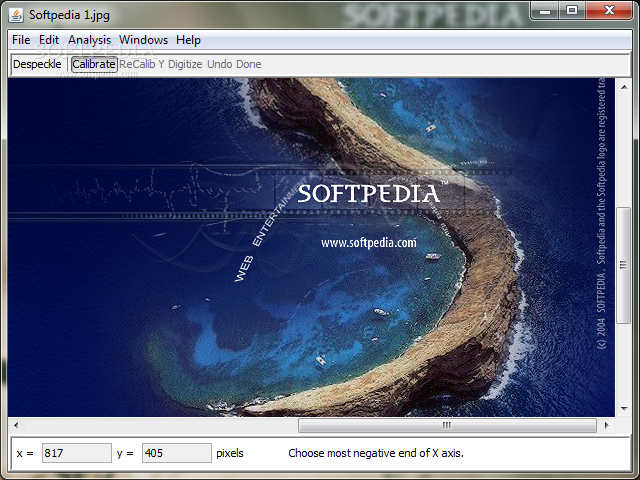

- #Free plot digitizing software for mac upgrade#
- #Free plot digitizing software for mac pro#
- #Free plot digitizing software for mac free#
#Free plot digitizing software for mac pro#
If you are using the pro version of PlotDigitizer, you can access the image editing features. Uploading the plot or graph image to PlotDigitizer Step 3: Editing the image PlotDigitizer accepts all common image file formats, e.g., PNG, JPG, GIF, SVG, TIFF, BMP, JPEG. The image can be uploaded by clicking on the upload icon or by drag-drop. Step 2: Uploading the plot or graph image to PlotDigitizerĪfter creating a digital photo of the graph, you have to upload the image file to PlotDigitizer. Taking the screenshot of the graph from a document. Open the start menu, search for “snipping tool.”įor macOS, the shortcut for capturing a portion of the screen is “Shift+Command+4.”įor Ubuntu, the shortcut is “Shift+Prtscn.”Īs an example, we have picked a random publication from Elsevier. Different operating systems have slightly different procedures.įor Windows users, the screenshot can be taken with the in-built snipping tool.

In the case of a digital document, you can take a screenshot of the page. Or, if your mobile phone has a good camera, you can capture a photo. Here are simple, easy steps for digitizing graph & plot images using PlotDigitizer: Step 1: Scanning the plot or graph to create the imageįor a physical document, you have to scan the page on which the graph is there.
#Free plot digitizing software for mac upgrade#
For offline usage and more functionalities, like automatic point detection, you need to upgrade to the pro version.
#Free plot digitizing software for mac free#
It offers a free online app that is efficient enough for data extraction you can check it out here. Moreover, you can calculate the distance between two points, angle between two lines, and area of an irregular polygon on the image using PlotDigitizer. PlotDigitizer supports several types of graphs: XY, bar, column, pie/doughnut, polar, ternary, & maps. You can extract data from graphs and plots with only a few simple steps using PlotDigitizer. PlotDigitizer is one of the best tools on the internet that eases data extraction from graph images. To extract data from others’ graphs is not a pleasing experience. And most times, they heavily rely on others’ work and research. Individuals from scientific fields often have to deal with plots and charts. This is especially true for people from research and engineering backgrounds. A document could be physical, like a paper or book, or it could be in a digital format, as a PDF.

In other words, you want to extract data from graphs and plots from a document. This process of reverse-engineering is called the digitization of data. However, sometimes people want to extract the raw data from these visuals, i.e., reverse-engineer graphs and plots to retrieve the hidden numerical data. For example, financial stocks are always published on websites in charts. Graphs and plots quickly let us know the trends and information that people want to communicate to us. People have tons of data to share, and they do it by creating intelligible visuals and graphics. They are used by people from all professions. Graphs, Plots, and Charts are a very powerful way of communicating our research and presenting our data to our audience.


 0 kommentar(er)
0 kommentar(er)
